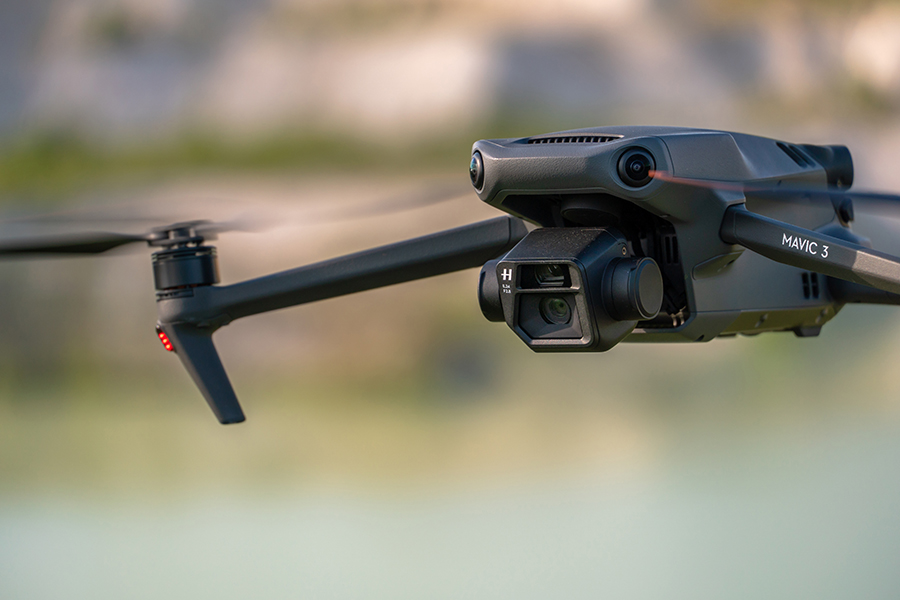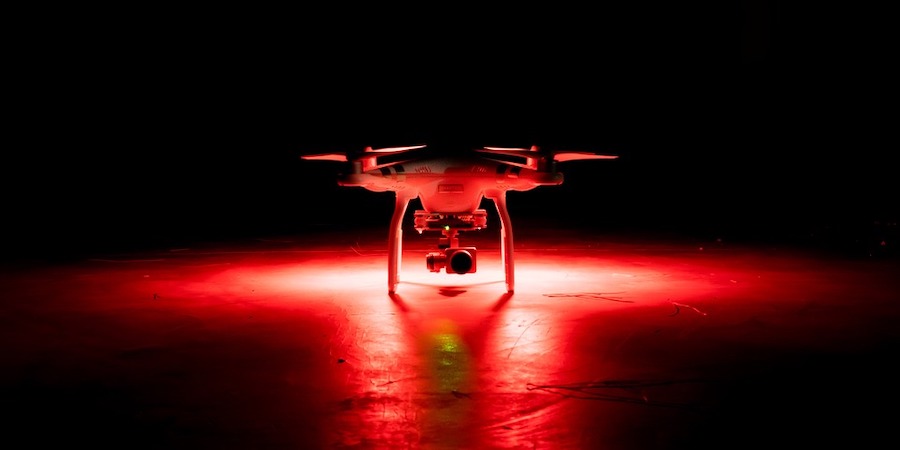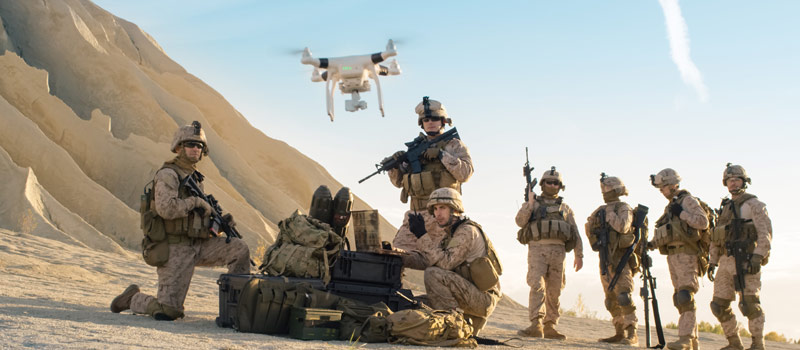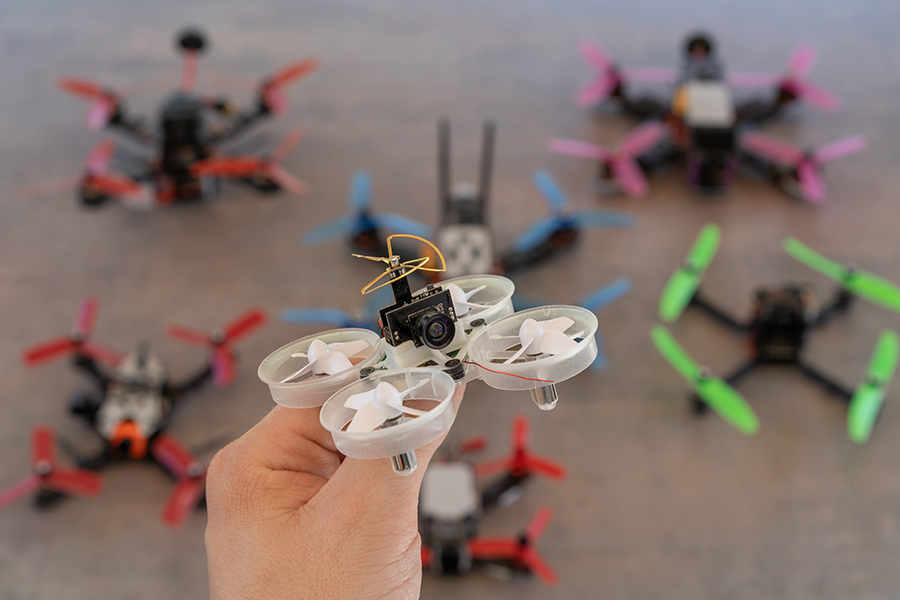Finally, DJI has launched the long-awaited and highly anticipated Mavic 3 Pro. There have been previous Mavic 3 iterations before, but this Pro version has some very distinct features, the most obvious of which is the three-camera array.
Just how huge of an upgrade is the Mavic 3 Pro compared to the older Mavic 3 models? Does having three cameras make a huge difference? If you’re feeling a bit overwhelmed having to choose between the different Mavic 3 drones, check out this detailed comparison of the three drones.
Build quality, Weight, and Size
All three drones look and are built essentially the same, except for the camera. It’s actually very easy to tell the drones apart by just looking at the camera. The Mavic 3 Classic has a single camera, the Mavic 3 has two cameras, and the Mavic 3 Pro has three cameras.
In terms of weight and size, the extra camera of the Mavic 3 Pro makes it just a hair heavier. There are minor differences in the size of the drones when unfolding, but these are too small to be noticeable.
| Parameter | DJI Mavic 3 Pro | DJI Mavic 3 | DJI Mavic 3 Classic |
| Weight | 958 grams | 895 grams | 895 grams |
| Size (cubic cm) | Folded: 231.1 x 98 x 95.4 Unfolded: 347.5 x 290.8 x 107.7 | Folded: 221 x 96.3 x 90.3 Unfolded: 347.5 x 283 x 107.7 | Folded: 221 x 96.3 x 90.3 Unfolded: 347.5 x 283 x 107.7 |
Camera
The camera is the major point of difference between the three Mavic 3 models. However, the way that it has been set up is clever and incredibly simple – each version simply has an added camera compared to the model that is a tier below it.
| Parameter | DJI Mavic 3 Pro | DJI Mavic 3 | DJI Mavic 3 Classic |
| Camera 1 | – 4/3” CMOS Hasselblad Camera – 5.1K @ 50 fps, 4K @ 120 fps – 20 MP – f/28 – f/11 – Standard / HLG / D-Log | ||
| Camera 2 | – ½” CMOS Tele Camera – 4K @ 50 fps, 1080p @ 50 fps – 12 MP – f/4.4 (Mavic 3) / f/3.5 (Mavic 3 Pro) – Equivalent focal length: 162 mm – Digital zoom: 7x to 28x – Standard | ||
| Camera 3 | – 1/1.3” CMOS Medium Tele Camera – 4K @ 60 fps – 48 MP – f/2.8 – Equivalent focal length: 70 mm -Digital zoom: 3x to 7x – Standard / D-Log M / HLG |
The base Mavic 3 Classic is already an excellent drone for photographers. The 4/3” CMOS Hasselblad camera remains one of the best cameras in drones, even considering the new models that have been launched since the Mavic 3 Classic was released. It is a professional-grade camera equipped with a nice selection of color profiles. The camera quality of the Mavic 3 Classic is exceptional, especially at its price point.
The Mavic 3 has the advantage of having a 162-mm telephoto camera. With an optical zoom of up to 7x and digital zoom of up to 28x, the telephoto camera provides flexibility in capturing shots of subjects even when you’re flying at a distance. This presents new ways to frame shots, isolating subjects from their environments so that they can be more focused. It’s also useful for exploring the surroundings of your drone as it flies and picking out cool stuff to shoot.

The telephoto camera of the Mavic 3 can also be useful for search and rescue operations and in other applications related to public safety.
Perhaps the biggest downside of the telephoto camera is that it has a fairly small fixed aperture. This makes it barely usable when shooting in low light, with artifacts and graininess quite visible.
The Mavic 3 Pro adds one more camera to its array – a 70-mm medium telephoto camera. In many ways, the medium telecamera of the Mavic 3 Pro is an improvement on the telecamera of the Mavic 3. At 3x optical zoom, it is perfect for getting tight shots without losing any detail on your subjects. The medium telecamera even works with Active Mode, so you can take close-up shots of moving objects.
The Mavic 3 Pro also has improved low-light performance on account of wider apertures for both the telecamera and the medium telecamera. The medium telecamera works with multiple color profiles – something that the telecamera of the Mavic 3 does not have.
Remote Controller
All three drones can be used with either the DJI RC or DJI RC-N1 remote controllers. These controllers can be purchased bundled with the drones, or separately. Of the two, the DJI RC is the more expensive option because of its integrated 5.5-inch display screen.
The DJI RC is a good option if you don’t want to deal with having to pair your phone with the drone. This also avoids any compatibility issues that may arise with different phones and different drone models.
However, an argument can be made for the DJI RC-N1 if you need to use third-party apps while flying your drone. A common example is Litchi for when you need to do drone-based aerial mapping. Such apps cannot be loaded on the DJI RC remote controller, so you will still need to use a phone or tablet.
Other Features
All three drones are essentially the same if we look at other features like camera modes, flight modes, battery life, flight performance, video transmission, and obstacle avoidance. This means that even the Mavic 3 Classic is an excellent drone with some of the best DJI features. These include, among others:
- The O3+ video transmission system with 1080p/60fps live view quality;
- An omnidirectional obstacle avoidance system with APAS 5.0;
- Top speed of 21 m/s and wind resistance up to 12 m/s;
- Night Shots;
- Active Track 5.0, HyperLapse, MasterShots
- Waypoint flight and cruise control
- Redundant GNSS – GPS, Galileo, BeiDou
Naturally, all three drones also come with DJI’s geofencing system, much like any other modern DJI drone.
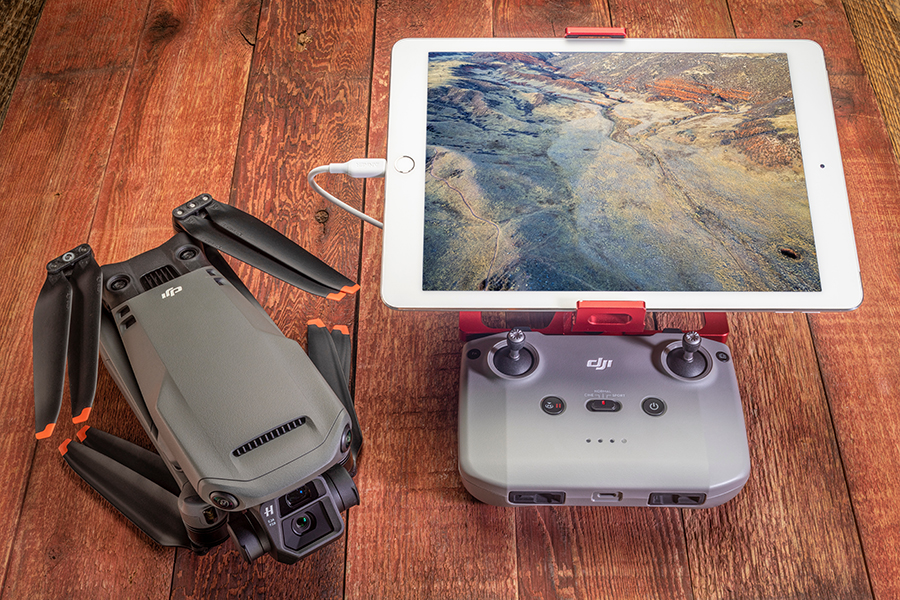
There is some difference in the rated flight time of the drones, with the Mavic 3 Classic having a maximum of 46 minutes and the Mavic 3 Pro having a maximum of 43 minutes. Realistically, you can expect 32 to 35 minutes of flight from these drones under typical circumstances. Any difference in terms of flight time between the three drones is negligible. This is still a considerably longer flight time compared to other DJI drones like the Mini 3 Pro or the Mavic 2 Pro.
Price
Summarized here are the different bundles available for all three drones:
| DJI Mavic 3 Pro | DJI Mavic 3 | DJI Mavic 3 Classic | |
| Drone only | – | – | $1469 |
| With DJI RC-N1 | – | $2199 | $1599 |
| With DJI RC | $2199 | – | $1749 |
| Fly More set | – | – | $649 |
| Fly More Combo w/ DJI RC-N1 | – | $2849 | – |
| Fly More Combo w/ DJI RC | $2999 | – | – |
| Fly More Combo w/ DJI RC Pro | $3889 | – | – |
The standard bundle of the Mavic 3 Pro comes with the DJI RC controller. Its launch price is the same as the price of the Mavic 3 when it was first released – $2199. The Mavic 3 Pro also comes in a Fly More Combo, which will set you back a substantial amount of extra money.
The Mavic 3 Classic comes at a very interesting price point of around $1599 if you’re fine with the more basic RC-N1 controller. Upgrading to the RC controller also is not that much more expensive with just a $150 difference. The Fly More accessories for the Mavic 3 Classic, and will have you spending more than $600.
Comparing prices for the Mavic 3 is tricky because it has already been discontinued and delisted by DJI. With the release of the Mavic 3 Pro, there will certainly be lots of used or refurbished Mavic 3 drones for sale in the coming months. These can be good opportunities to get a Mavic 3 for cheaper.
Which should you get?
The DJI Mavic 3 Pro is certainly an impressive piece of hardware. The two types of telecameras combined with DJI’s automatic flight modes and color profiles make the Mavic 3 Pro one of the most versatile ultra-portable camera drones available today. If you have the money and you think you can maximize the use of the two telecameras, then the Mavic 3 Pro is a drone that will not disappoint.
The real question is – do you really need those telecameras? After all, the base Hasselblad camera is already excellent and worthy of being described as professional-grade. If you just want to get on the Mavic 3 generation and don’t mind just having a single camera, then the Mavic 3 is an excellent purchase. It offers the best value for money out of all three drones.
At this point, there really is no point to get a Mavic 3 unless you can get one at a deep discount. The telecamera of the Mavic 3 is not as good as the ones that are found in the Mavic 3 Pro. If a used Mavic 3 is still substantially more expensive, you may want to consider just getting a Mavic 3 Classic instead.
